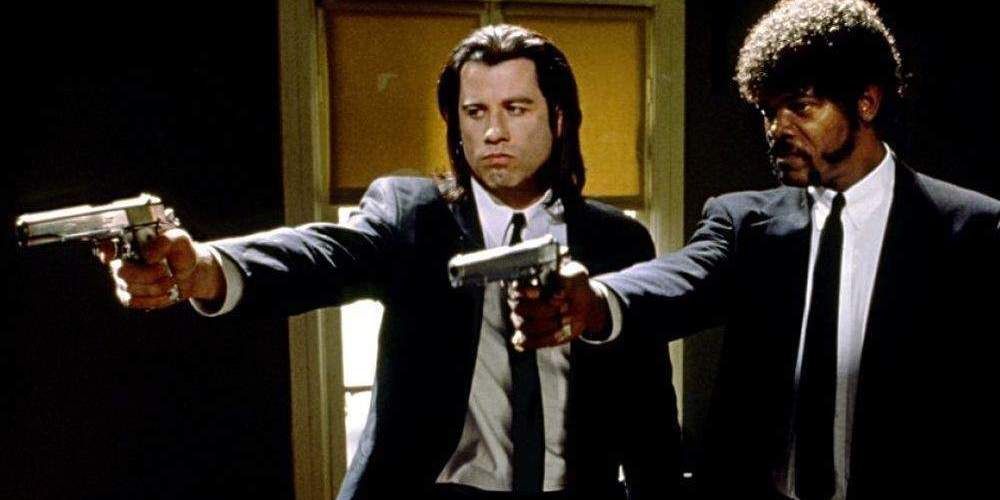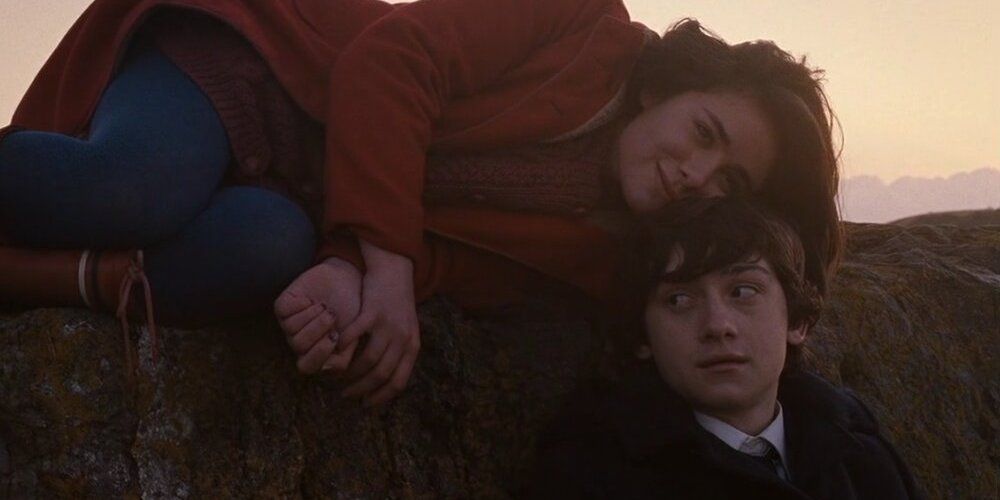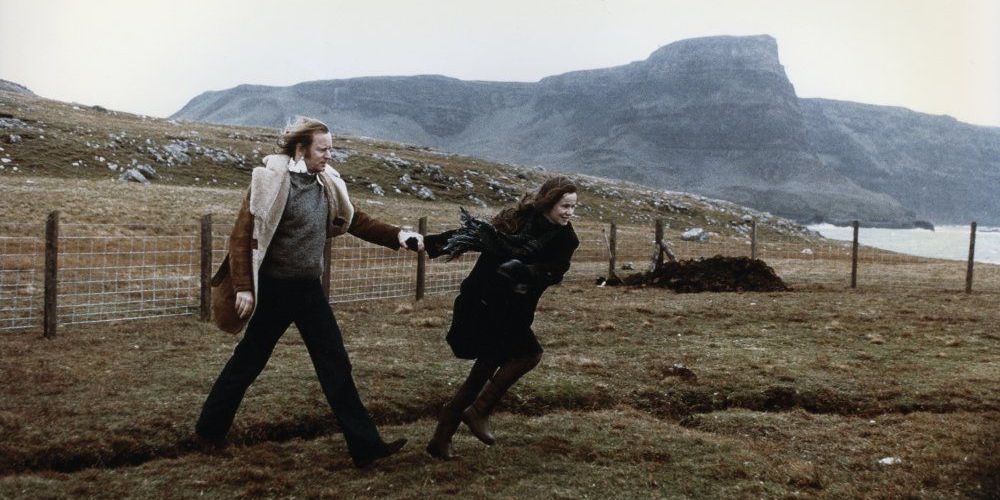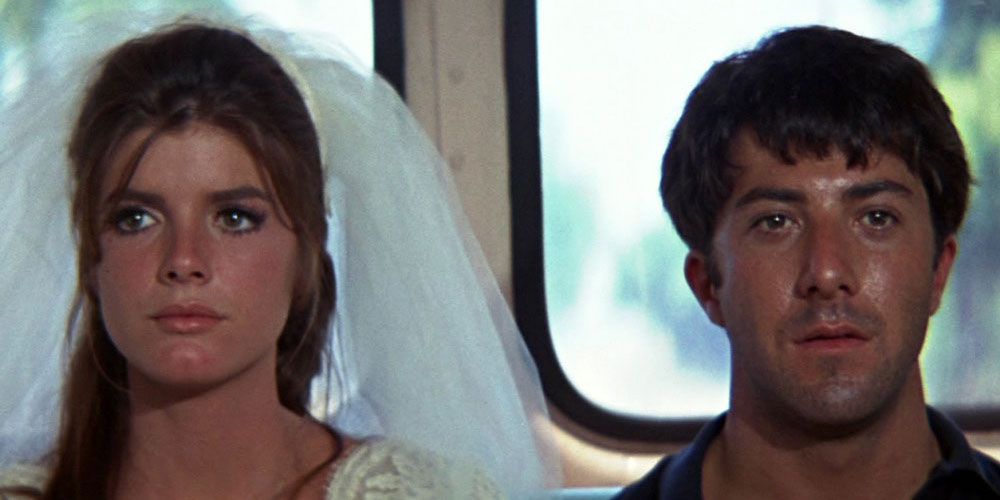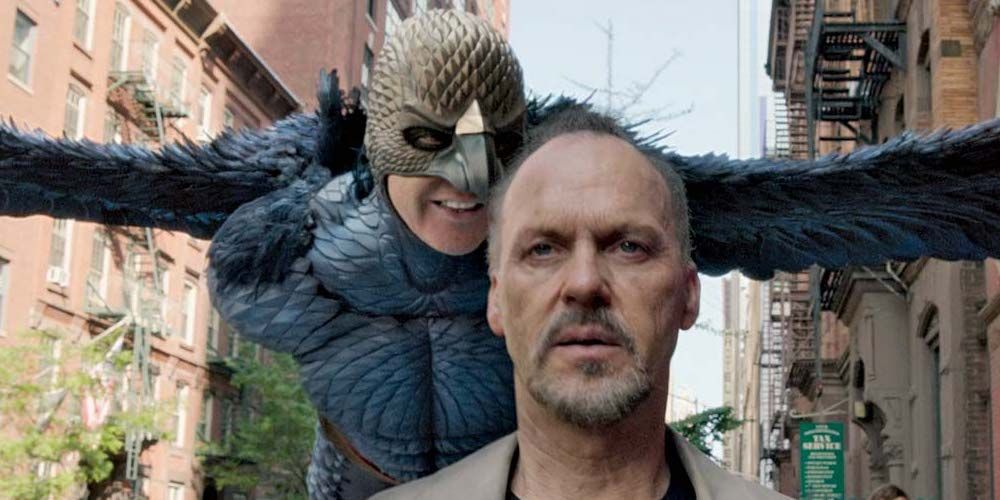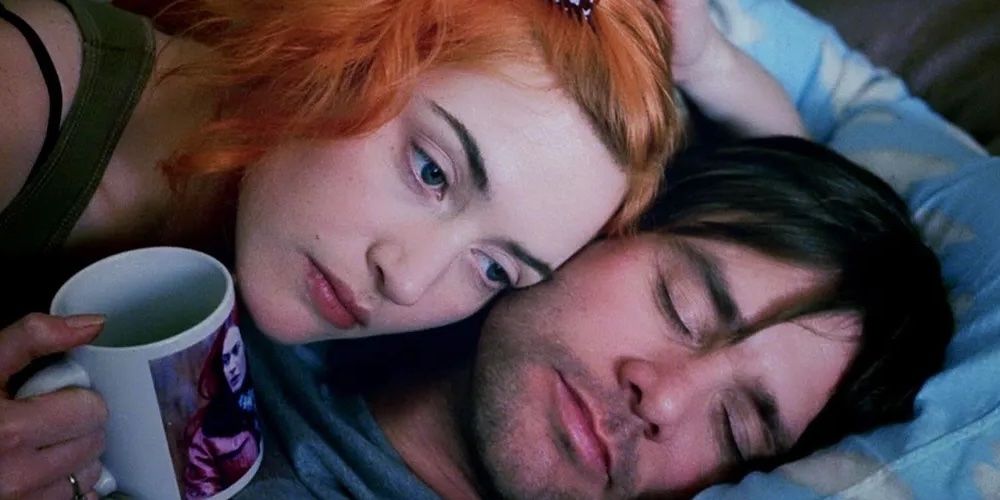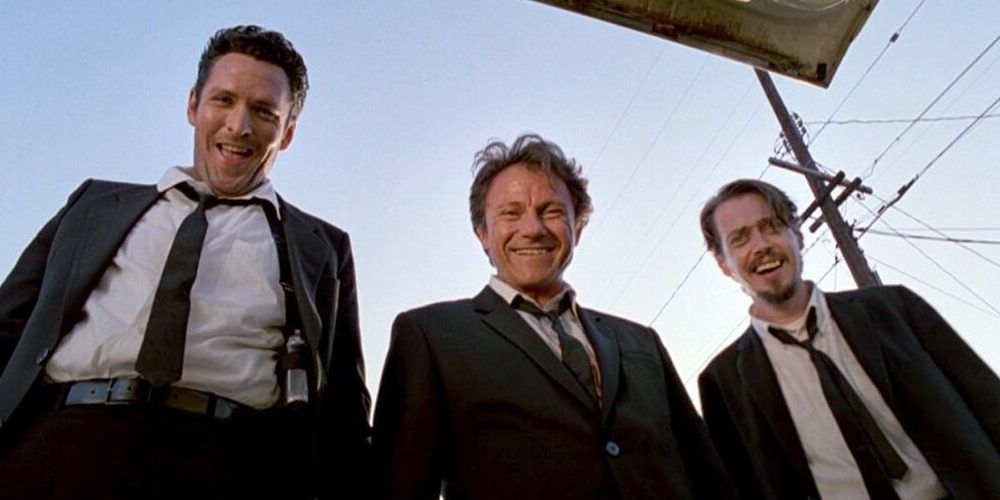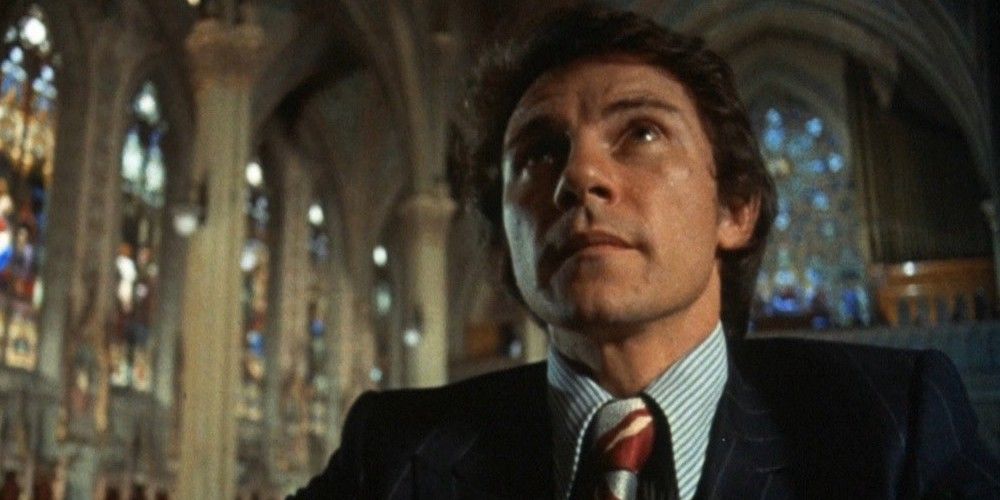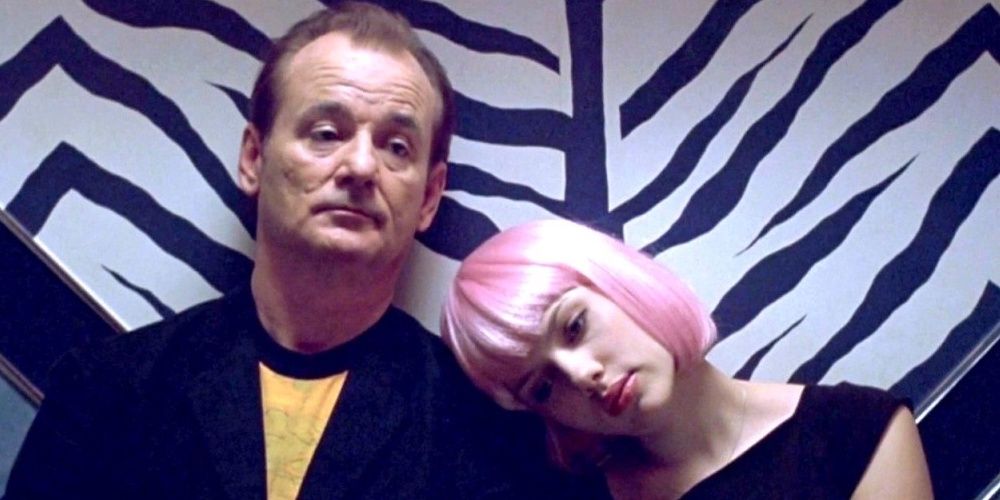Many filmgoers are familiar with the American directors that made up New Hollywood, a movement consisting of young filmmakers fresh out of film school who set out to break away from the traditional classical Hollywood style of filmmaking. What many don't know about is the French New Wave, another movement that set out to do the same thing.
These French cinephiles set the stage for moviemakers that we all know and love today like Tarantino, Coppola, and Scorsese, and so it is worth taking a look at their filmographies to see how exactly one movement influenced the other.
Pulp Fiction (1994)
American cinema was never the same after the first screening of Quentin Tarantino's Pulp Fiction at the 1994 Cannes Film Festival. The Neo-noir crime thriller would come to influence a whole new generation of filmmakers who became inspired by Tarantino's bold new vision.
What many fail to realize, however, is that Pulp Fiction itself is a hodgepodge of various influences, most notably from the French New Wave. From the nonlinear plot structure to the complex, multifaceted antiheroes at the center of the story, Tarantino's second directorial effort was often criticized for being excessively derivative. While the winks and nods to past films are plenty, Pulp Fiction stands alone as a postmodern masterpiece.
Submarine (2010)
Richard Ayoade's directorial debut Submarine is a Welsh coming-of-age dramedy filled to the brim with stylistic references to French New Wave masters like Godard and Truffaut. The movie's use of ambient music and kaleidoscopic camerawork call attention to the superficiality of filmmaking, much like French films from the 1960s.
Our protagonist is Oliver Tate, a self-reflexive young man who feels straight out of a Truffaut film; his social anxiety and interactions with the world around him mimic scenes from movies like The 400 Blows. Regardless of its stylistic predecessors, Submarine is strong enough to influence future films itself.
Breaking the Waves (1996)
The Dogme 95 film movement shares many traits with the French New Wave, so it should come as no surprise that the film Breaking the Waves draws a lot from French New Wave cinema. Dogme 95 began with a group of Danish filmmakers who wanted to distill filmmaking into its simplest form and reject modern cinematic techniques, which is reminiscent of what young, idealistic French cinephiles set out to do with their movies.
Lars Von Trier was a founding member of Dogme 95, and his movie Breaking the Waves is clearly inspired by the likes of Agnes Varda and Godard, especially in regards to the gritty handheld camerawork and realistic storyline.
Taxi Driver (1976)
This 1970s Neo-noir masterpiece is emblematic of New Hollywood, but Martin Scorsese himself took plenty of inspiration from older cinematic masterpieces. Taxi Driver tells the story of mentally unstable Vietnam war vet Travis Bickle, and the film shares many strong thematic elements with French New Wave films, particularly surrounding nihilism, corruption, and the seedy underbelly of urban cities.
There are also certain shots in the film that are unabashedly visual homages to the works of Jean-Luc Godard. Taxi Driver is a beautifully dark look at America post-Vietnam and manages to pay tribute to filmmakers who came before.
The Graduate (1967)
When The Graduate hit theaters in 1967, the United States was in the middle of some tumultuous transition between two completely different generations, and Dustin Hoffman's Benjamin Braddock represents the Baby Boomer generation coming of age in a country that was rapidly changing.
Mike Nichols' The Graduate is, of course, thematically similar to French New Wave films in that they both feature disaffected youth coming to terms with being an adult, but the former also borrowed a lot of visual and cinematographic elements from the latter while still maintaining a sense of originality and freshness.
Birdman or (The Unexpected Virtue of Ignorance) (2014)
Upon a first viewing, Birdman may not seem to have much in common with 1960s French New Wave cinema. With repeated viewings and further analysis, however, the connections become abundantly clear.
Writer/director Alejandro G. Iñárritu made the decision to shoot Birdman in such a way that the entire film has the illusion of being one long, continuous take, a stylistic choice that began with French filmmakers like Godard. Both Iñárritu and Godard seamlessly weave in and out of different subplots, but manage to formulate one cohesive story, something that is truly remarkable.
Eternal Sunshine of the Spotless Mind (2004)
Jim Carey's performance as Joel in this romantic sci-fi dramedy was one of the first times the actor displayed his dramatic acting chops, and his performance garnered him plenty of critical praise, but the film itself deserves recognition, as well.
Jim Carey and Kate Winslet play a couple who, after a nasty breakup, decide to have each other erased from their respective memories, and, under Michel Gondry's direction, the resulting film is a beautiful dream-like rumination on relationships. Gondry took direct inspiration from the French New Wave in the way he decided to play around with nonlinear storytelling, blurring the lines between fantasy and reality.
Reservoir Dogs (1992)
Quentin Tarantino made his mark on cinematic history with his directorial debut Reservoir Dogs, a heist film unlike any audiences had ever seen. While the movie's premise was indeed unique, its plot structure and highly stylized aesthetic were directly influenced by French New Wave films.
Reservoir Dogs is known for its nonlinear storytelling, multifaceted antiheroic protagonists, and witty banter-filled script, all elements taken from the films of Jean-Luc Godard. Tarantino even dedicated his first film to Godard in a fitting tribute.
Mean Streets (1973)
New Hollywood and the French New Wave are strongly interconnected, as both movements were inspired by similar feelings of malaise and discontent among youth. The only thing that sets the two apart is the setting; New Hollywood was born in the United States about a decade after the French New Wave.
American auteur Martin Scorsese has always been vocal about the influence the European film movement has had on his own filmography, and his first real feature, Mean Streets, embodies that influence. The movie's erratic camerawork and existential themes fit right in line with the films of France post-WWII.
Lost in Translation (2003)
Writer/director Sofia Coppola had big shoes to fill, being the daughter of Francis Ford Coppola, but she managed to make a name for herself with Lost in Translation.
Just like her father, Coppola took clear inspiration from the French masters of the 1950s and 60s, particularly in regards to story and dialogue. Scarlett Johansson and Bill Murray play Charlotte and Bob, two Americans who find themselves in Tokyo, and, despite being completely different people, form an almost inexplicable connection. The film's ambiance and realistic, improv-heavy script pay homage to films like Breathless and Cléo from 5 to 7.


